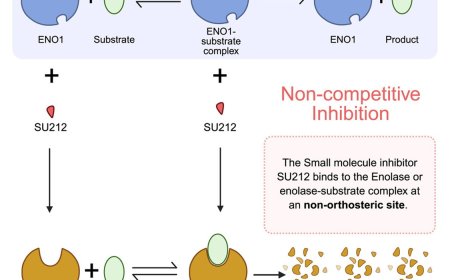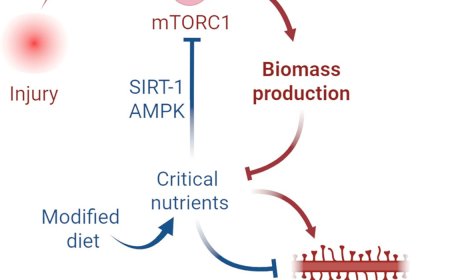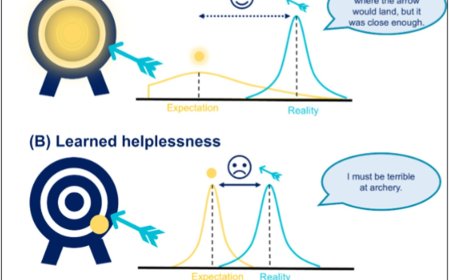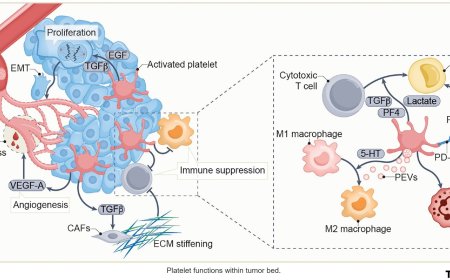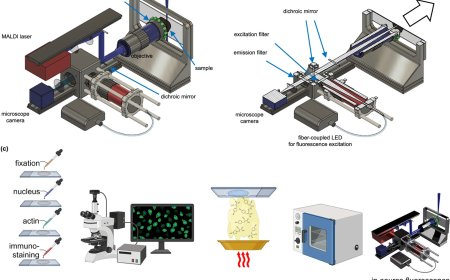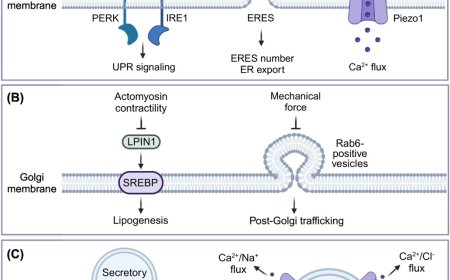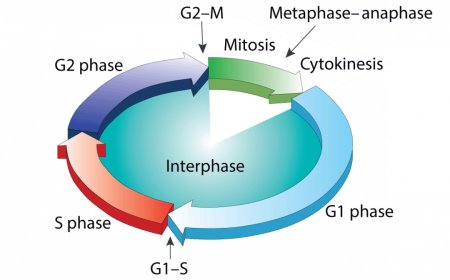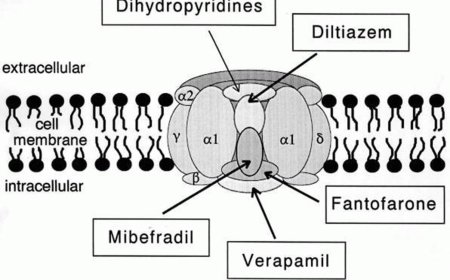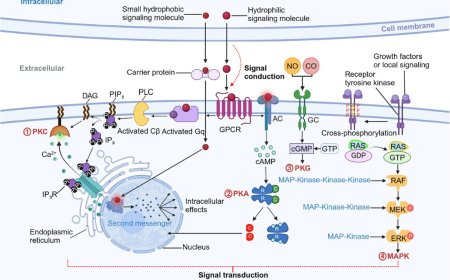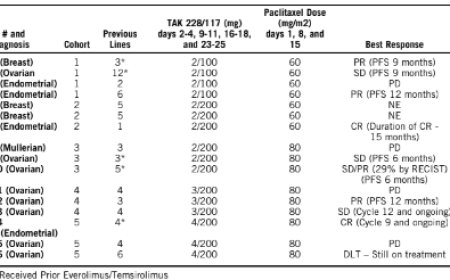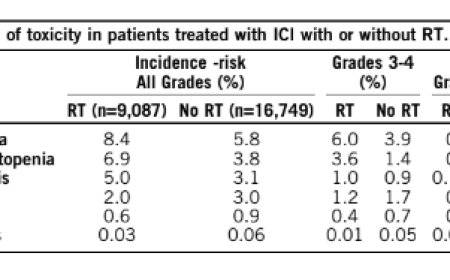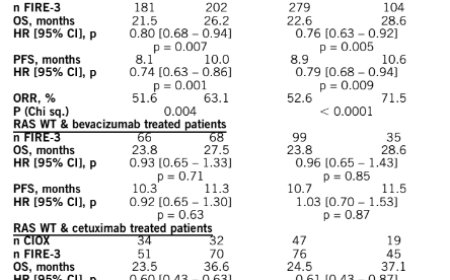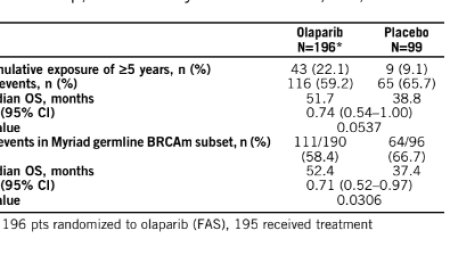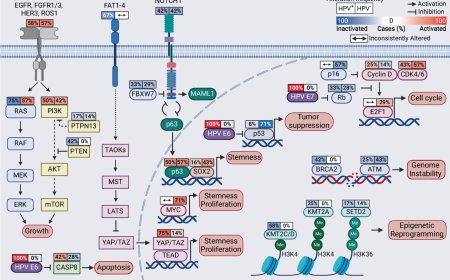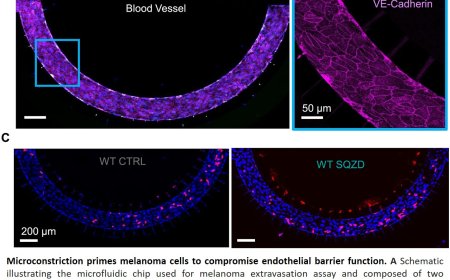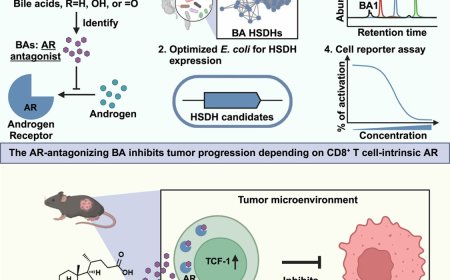Tumor taurine drives glycolysis to promote leukaemogenesis
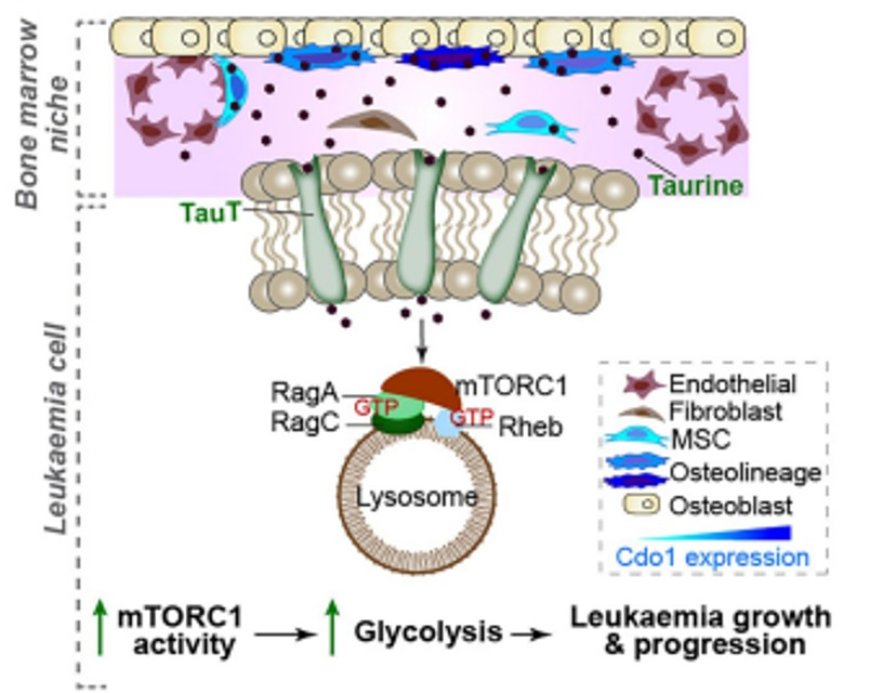
A new scientific study identified taurine, which is made naturally in the body and consumed through some foods, as a key regulator of myeloid cancers such as leukemia, according to a paper published in the journal Nature.
The preclinical research shows that scientists are a step closer to finding new ways to target leukemia, which is one of the most aggressive blood cancers. The investigators were able to block the growth of leukemia in mouse models and in human leukemia cell samples by using genetic tools to prevent taurine from entering cancer cells.
The research team discovered that taurine is produced by a subset of normal cells in the bone marrow microenvironment, the tissue inside bones where myeloid cancers begin and expand. Leukemia cells are unable to make taurine themselves, so they rely on a taurine transporter (encoded by the SLC6A6 gene) to grab taurine from the bone marrow environment and deliver it to the cancer cells.
“We are very excited about these studies because they demonstrate that targeting uptake by myeloid leukemia cells may be a possible new avenue for treatment of these aggressive diseases,” said the senior author.
Researchers also discovered that as leukemia cells drink up taurine, it promotes glycolysis (a breakdown of glucose to produce energy) to feed cancer growth. Prior to this, the authors said, it was not known that taurine might have a cancer-promoting role.
Leukemia has several subtypes and survival rates vary. This study finds that taurine transporter expression is essential for the growth of multiple subtypes including acute myeloid leukemia (AML), chronic myeloid leukemia (CML), and myelodysplastic syndromes (MDS), which all originate from blood stem cells in the bone marrow. Future studies will investigate signals from the microenvironment that promote the transition of MDS, a precursor to leukemia, to acute leukemia.
The non-essential amino acid is not only found naturally in the bone marrow, but also in the brain, heart, and muscles. Foods such as meats, fish, and eggs, contain taurine. It is also a key ingredient in some energy drinks and protein powders and anecdotally has been used by cancer patients.
It’s a hot area of research that’s still developing—and where context matters, the senior author said. Last year, for example, a research article in the journal Cell, showed results of a taurine investigation into gastric cancers and found that supplements could possibly benefit some patients by boosting the immune system.
A co-author in the Nature paper noted that scientists still have a lot to learn about how leukemia cells are reprogrammed and draw energy to thrive and resist treatments.
“Metabolic reprogramming is a hallmark of cancer, and we are at the very beginning of understanding metabolic effects on leukemia cells,” the co-author added. “The prior focus has been on genetic changes, but the focus is expanding to understanding how leukemia cells are able to hijack various metabolic pathways for their own survival.”
In conclusion, the team states in its Nature paper: “Since taurine is a common ingredient in energy drinks and is often provided as a supplement to mitigate the side effects of chemotherapy, our work suggests that it may be of interest to carefully consider the benefits of supplemental taurine in leukemia patients.”
Future studies should investigate levels of taurine in people with leukemia, Bajaj said. But most importantly: “Our current data suggest that it would be helpful to develop stable and effective ways to block taurine from entering leukemia cells,” the author said.
https://www.nature.com/articles/s41586-025-09018-7
https://sciencemission.com/Taurine-to-promote-leukaemogenesis
